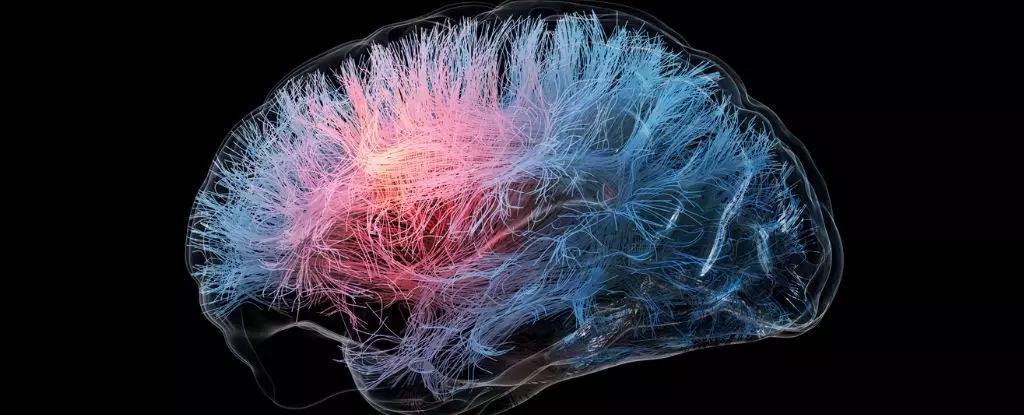Recent advancements in Alzheimer’s disease treatments, particularly the use of the intravenous drug lecanemab, have sparked considerable optimism within the medical community. This drug, which demonstrated a capacity to slow cognitive decline by 27% in a large-scale clinical trial, has been hailed as a potential breakthrough in the battle against this debilitating ailment. However, the recent analysis raising concerns about gender differences in treatment efficacy serves as a cautionary tale that underscores the need for a nuanced understanding of how therapies affect diverse populations differently.
Lecanemab gained FDA approval due to its statistically significant impact on slowing cognitive decline among male participants—an impressive 43% mean difference compared to placebo. In contrast, female participants only exhibited a meager 12% mean reduction, underscoring a significant disparity that researchers are just beginning to comb through. Such stark contrasts raise questions about the generalizability of this treatment and serve as a catalyst for broader conversations about gender inclusivity in clinical research.
The Data Deep Dive: Are We Missing the Bigger Picture?
Despite the promising results of the phase 3 clinical trial known as CLARITY AD, which included over 1,000 participants, the analysis of its findings did not provide a thorough basis for directly comparing male and female effect sizes. A Canadian and Italian research team embarked on a more granular exploration through an impressive 10,000 simulated trials, discovering that the gender-based differences observed were statistically random in only a small fraction of cases. This leaves many scientists puzzled about the biological or clinical rationale behind the observed efficacy gap, with existing theories accounting only for a minor component of the significant discrepancy. Consequently, the scientific community is left grappling with critical questions: Do the cognitive changes in response to lecanemab truly reflect biological differences, or might they illuminate broader systemic issues in clinical research practices?
Critics assert that the historical oversight of female subjects in clinical trials may have generated skewed data that fails to represent women’s health needs adequately. Thus, researchers like Daniel Andrews have called for immediate action, suggesting that future studies must prioritize examining how gender influences responses to treatments. The consequences of ignoring these variables could leave a significant portion of the population without viable therapeutic options.
The Amyloid Conundrum: A Closer Look at Mechanisms
Lecanemab’s mechanism of targeting amyloid plaques suggests a one-size-fits-all solution for cognitive decline in Alzheimer’s patients, aligning with conventional theories that have dominated dementia research for over three decades. Yet, as scientists rigorously analyze the connecting dots between amyloid presence and cognitive function, the evidence increasingly suggests that the relationship is more complex than once believed. Recent studies have shown that individuals diagnosed clinically with Alzheimer’s may sometimes lack detectable amyloid plaques altogether, demonstrating the need for more targeted approaches.
The existing gender disparity in cognitive disease treatment resonates with increasing concerns that sex hormones and genetic factors can significantly influence brain health. The research community has yet to fully explore these complex interactions, but they may hold the key to unlocking more effective interventions. The understanding that drug efficacy could vary widely between genders obligates us to reconsider our framework for developing Alzheimer’s treatments.
Time for Change: Prioritizing Inclusiveness in Research
Understanding the nuances of how Alzheimer’s and other cognitive diseases manifest differently across genders is critical for developing equitable medical solutions. Alarmingly, data reveals that until recently, the vast majority of neuroscience studies—specifically only 5%—examined sex as a variable. The systematic neglect of female subjects has raised alarms over potential biases in our understanding of brain aging and the cognitive decline associated with it.
The ramifications of such imbalances are profound, affecting not only clinical trial outcomes but also the real-world experiences of millions of women grappling with Alzheimer’s disease. The medical community, comprised of professionals from various fields such as psychiatry, psychology, and neuroscience, must collaborate to address this male bias in research. As they tackle the pressing gaps in knowledge, proactive efforts to invite inclusivity in studies will be crucial for paving the way towards a more equitable and effective healthcare framework.
In the search for answers, it is crucial to challenge the prevailing paradigms within Alzheimer’s research. By placing gender at the forefront of future studies and trial designs, scientists can inch closer to a holistic view of cognitive health that recognizes and respects the intricacies of both male and female biological frameworks. Only then can we start making strides towards eradicating the inequalities that currently veil our understanding and treatment of this pervasive disease.


Leave a Reply